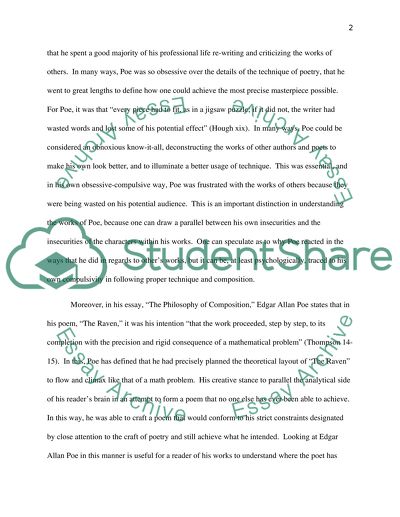Cite this document
(“Reviewing the Themes of Edgar Allan Poe through his Utilization of Essay”, n.d.)
Retrieved from https://studentshare.org/literature/1396842-compare-and-contrast-analytically-edgar-allan-poe
Retrieved from https://studentshare.org/literature/1396842-compare-and-contrast-analytically-edgar-allan-poe
(Reviewing the Themes of Edgar Allan Poe through His Utilization of Essay)
https://studentshare.org/literature/1396842-compare-and-contrast-analytically-edgar-allan-poe.
https://studentshare.org/literature/1396842-compare-and-contrast-analytically-edgar-allan-poe.
“Reviewing the Themes of Edgar Allan Poe through His Utilization of Essay”, n.d. https://studentshare.org/literature/1396842-compare-and-contrast-analytically-edgar-allan-poe.


